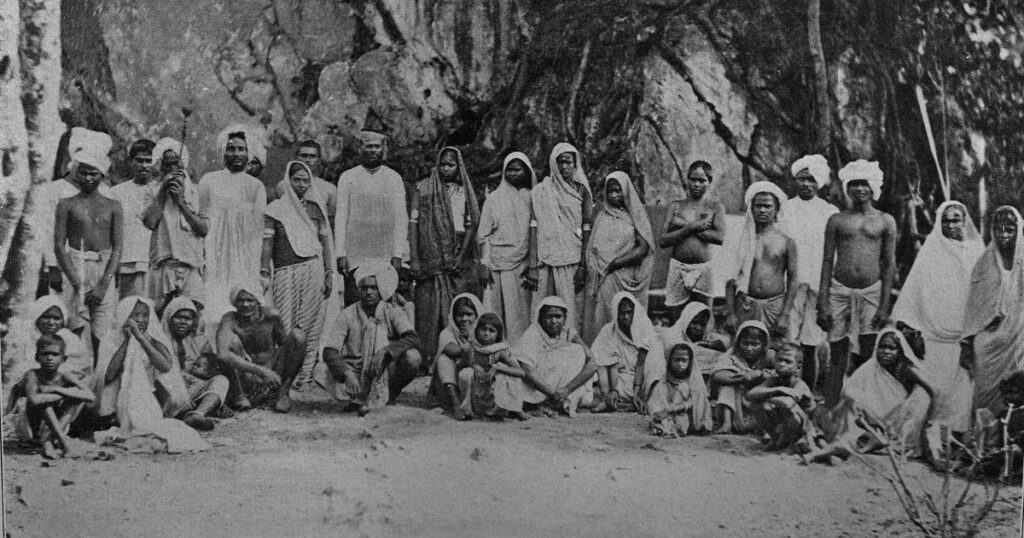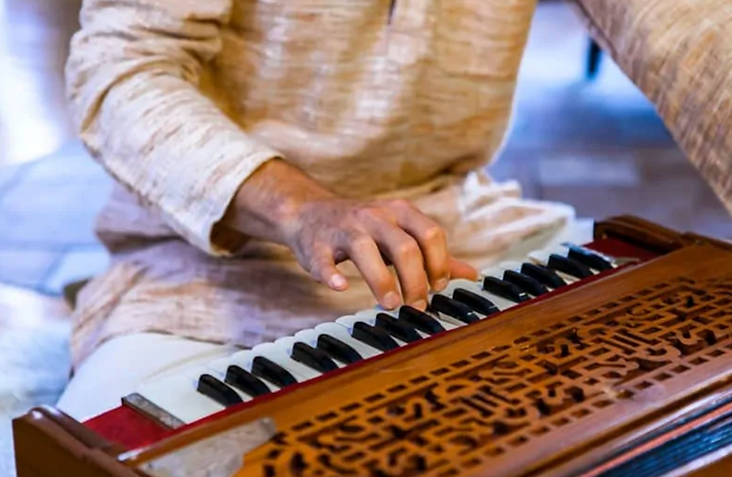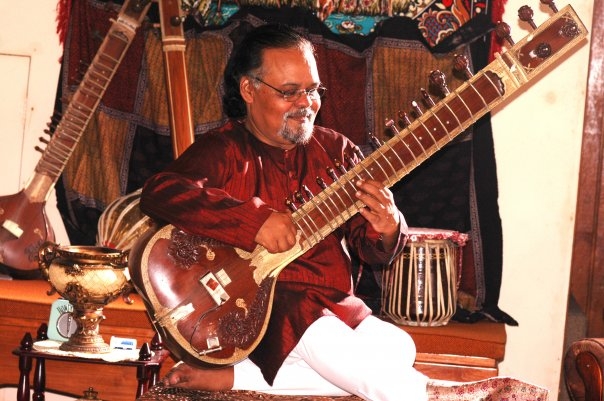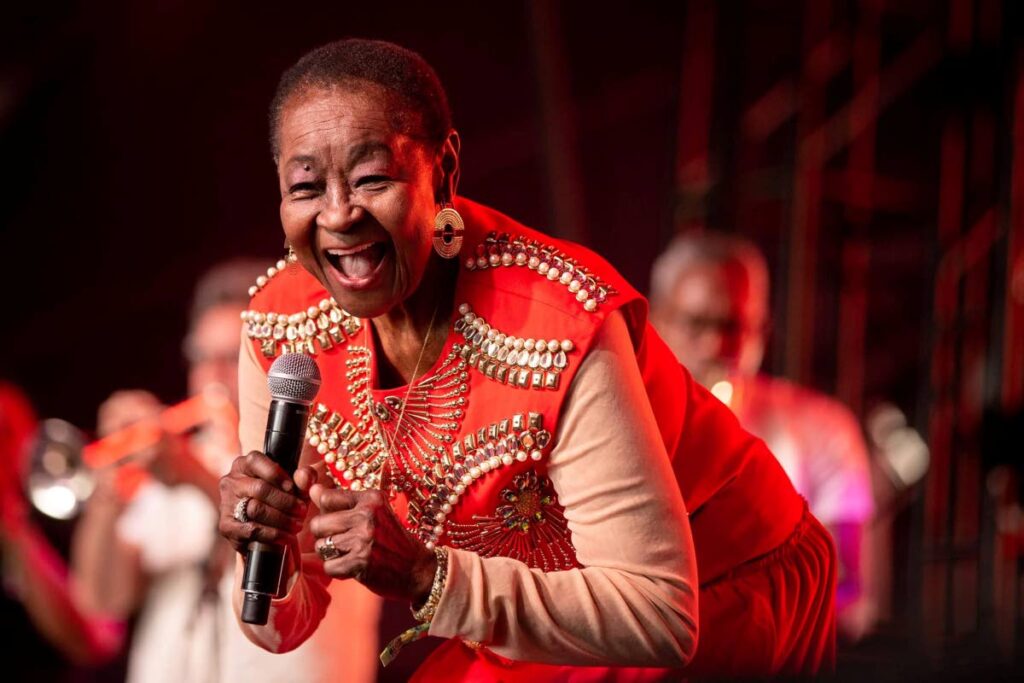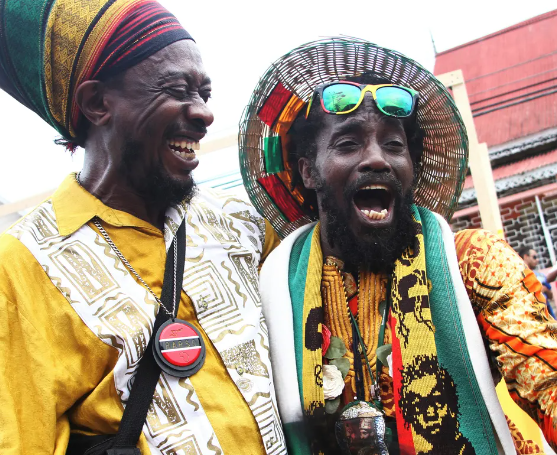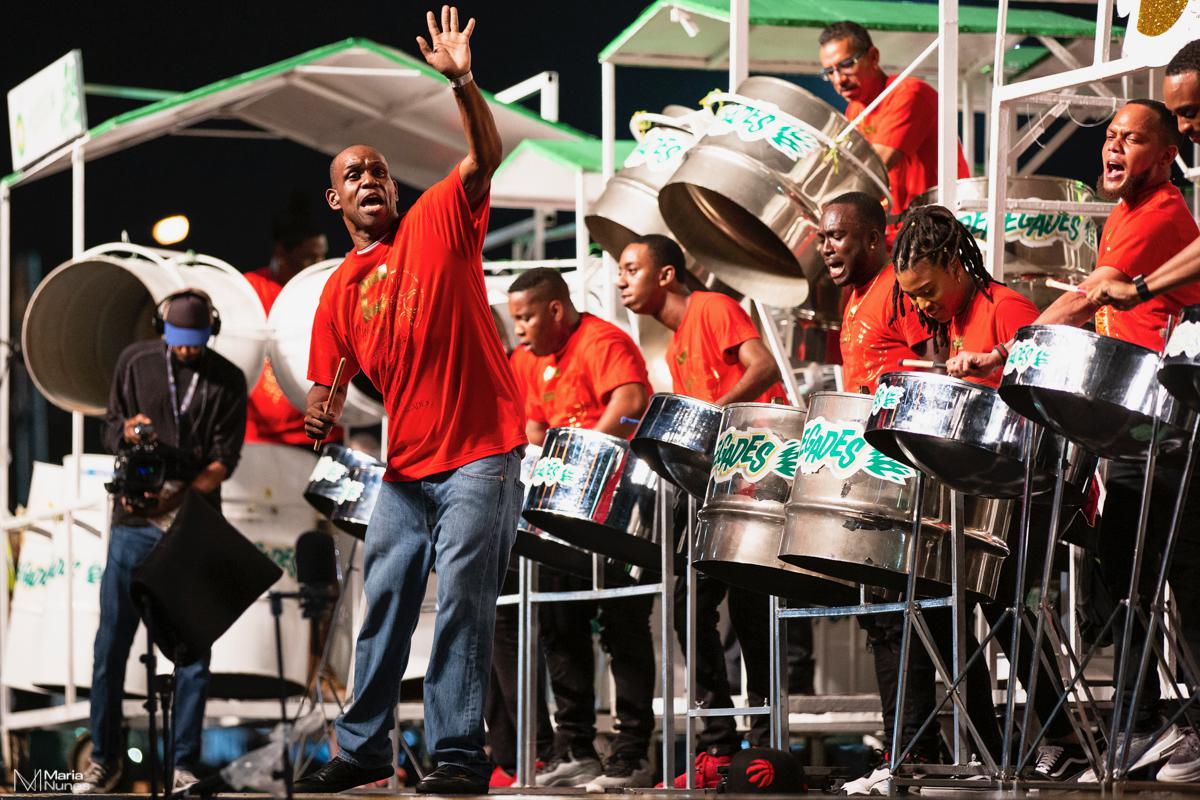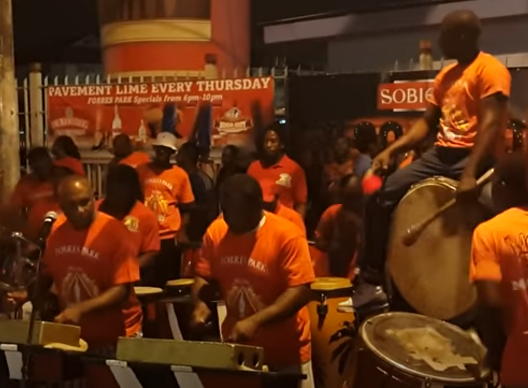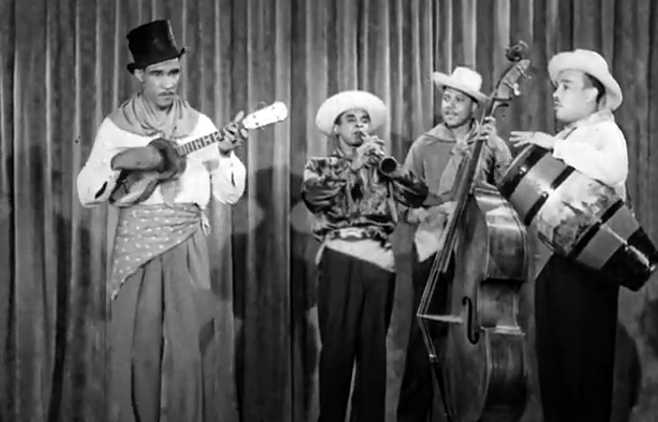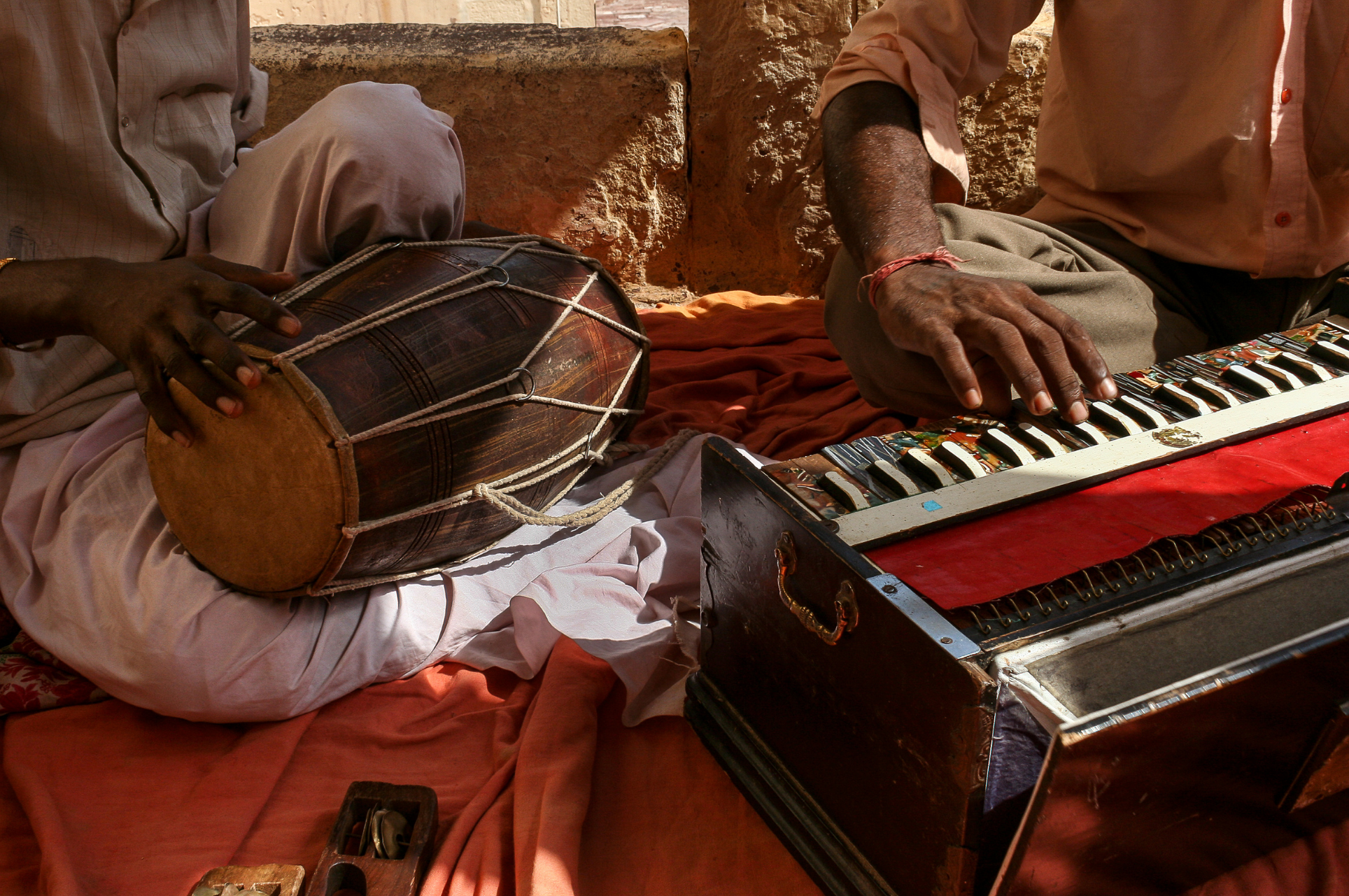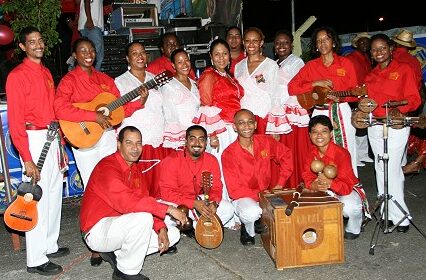Chutney
Spicy sounds with Indian Roots
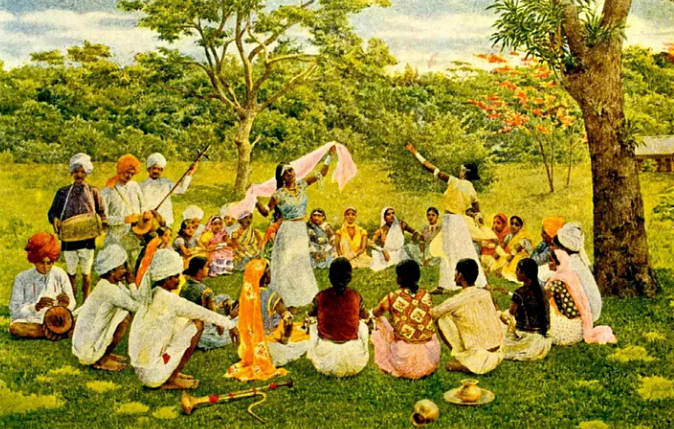
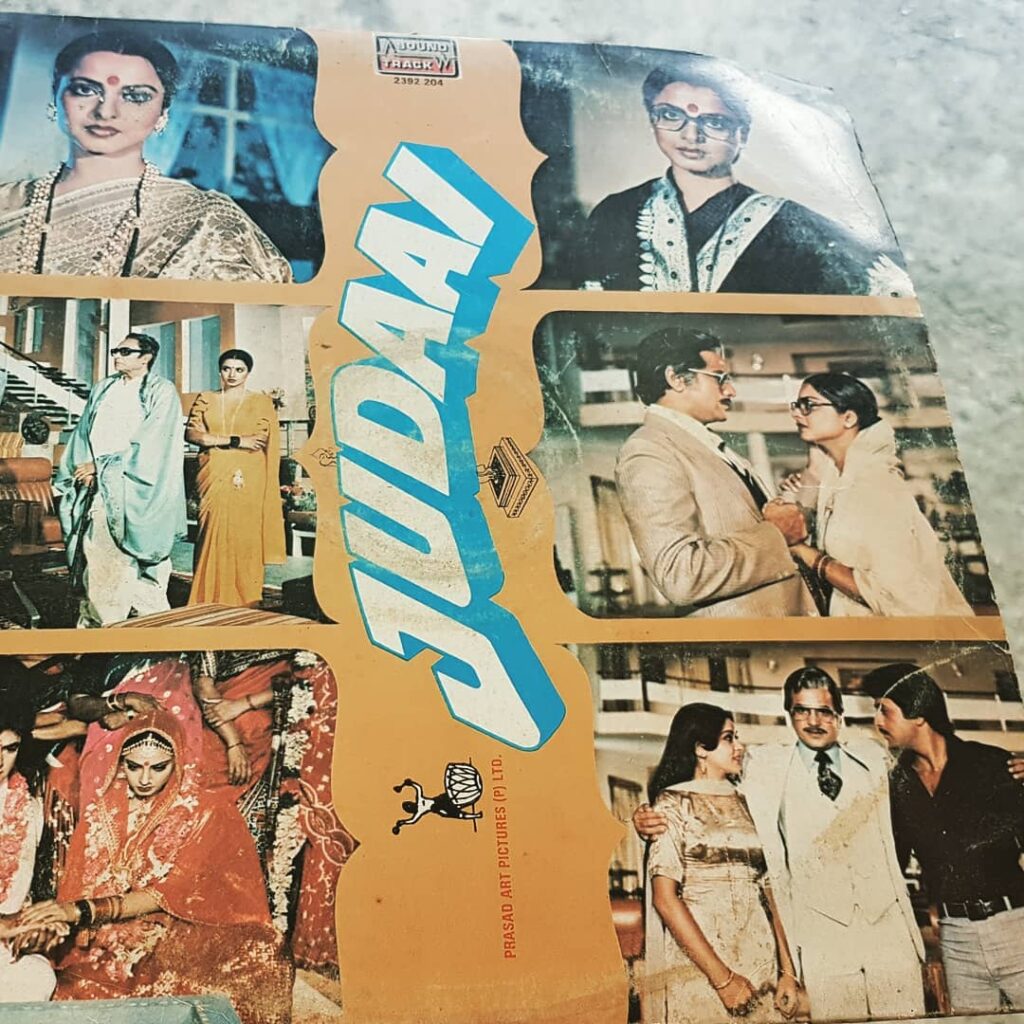
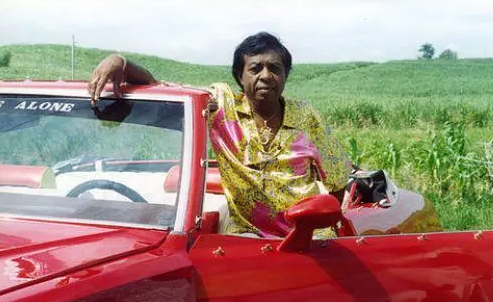
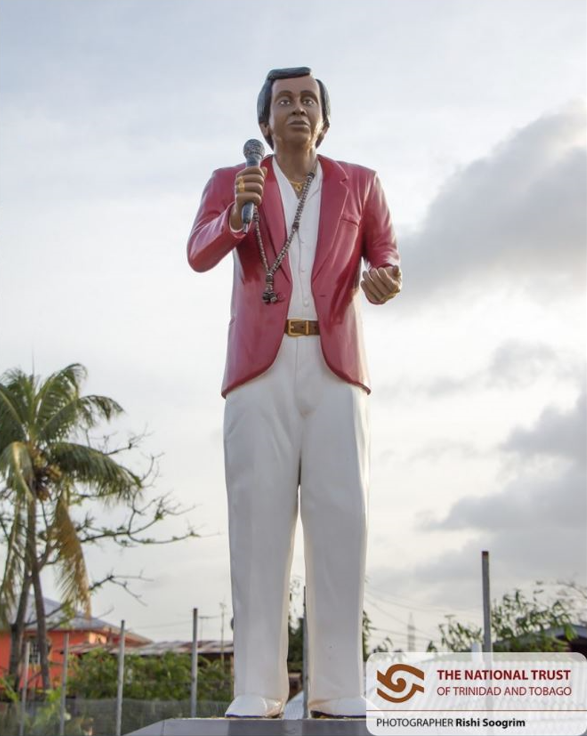
The influence of Indian movie soundtracks and traditional songs is already seen in earlier releases. Here is a cover version of Sundar Popos‘ song for a Bollywood movie. The following history will show an exciting development of music releases with quite a vital touch from India in Trinbagonian music.
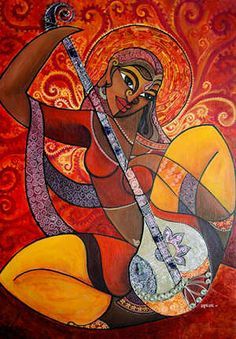

Recorded & released in Trinidad & Tobago.
Recorded & released in India.
The adaption of original Indian music releases (spiritual, traditional, lovesongs, or movie hits) is something discussable. I can not ignore the high number of cover versions or interpretations from India, and the highly discussed music forums for chutney. Members compiled threads with their discoveries, but still, only those, who are related to the music know about the adaptation. It is not mentioned in song releases, as well it is not covered by local media. In acknowledgment of the rise of chutney radio stations, after listening to them for many hours, I find, that the information about the Indian original songs in context to chutney soca releases is quite low, but it could be quite interesting. The discussions in forums start with creative expression and end with stealing other people’s artwork. A member mentioned that Sundar Popo was in Trinidad (supposedly) known „for being a song thief“ and Babla and Kanchan „popularised the remaking of Hindi songs with Bhojpuri lyrics“. I would put it as cultural alignment, a translation of content because it is reaching already an audience, which is measurable.
Some forum members were excited, others were disappointed to find out, that it doesn’t change much on the fact that it is a form of plagiarism, a parody or simply missing originality. Maybe they just go, with what works, or maybe it is just a „spin-off“ of the originals. As I can say, the list of remakes is so long, that it could become a new page on this website or even a whole mixtape. Several compilation ideas were already given in the forum.
I will give you just two more examples for now:
Recorded & released in Trinidad & Tobago.
Recorded & released in India. Movie Release: 1962
Recorded & released in Trinidad & Tobago.


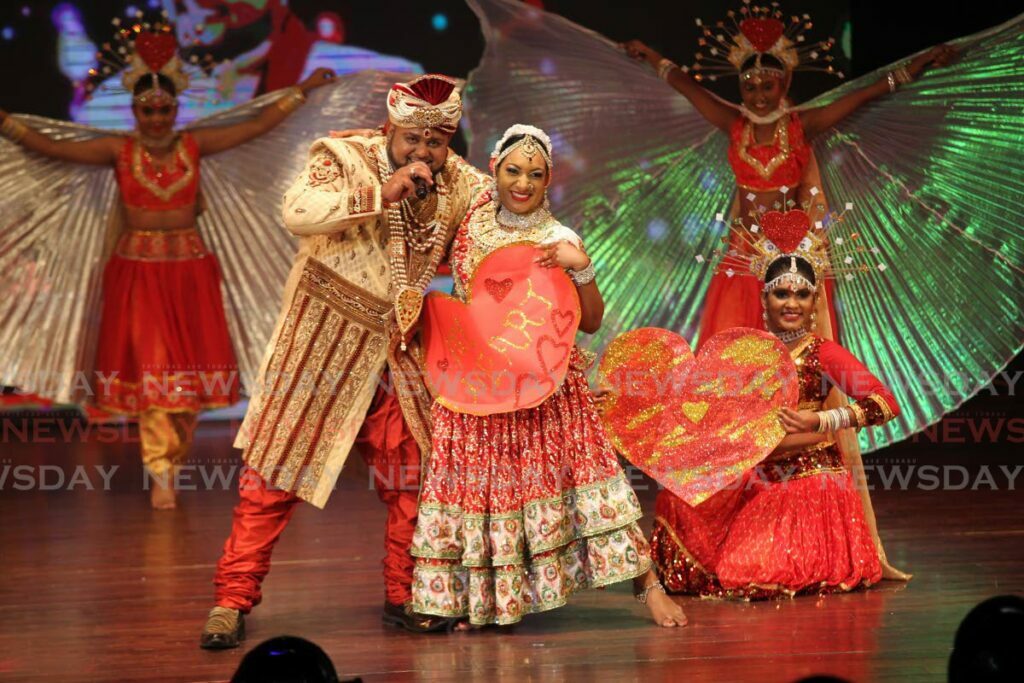
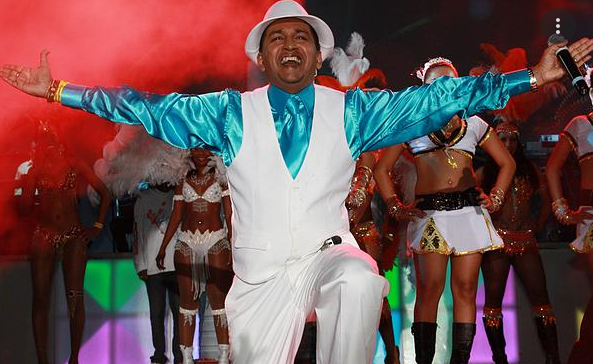
The much Indian traditions play a high role in the lives of East-Indian Trinbagonians, as well as the related fashion. For the Diwali celebration each November, the whole country is lit with „deas“ (candles out of coconut oil instead of wax) for spiritual occasions. Indian expos take place, where you are able to find the finest garments out of New Delhi and Mumbai in the prettiest colors, hand-made, of course. The sari and other combinations of Indian clothing are worn for very special occasions. The beauty is visible in a huge amount of live performances for the ‚Chutney Monarch Competition‘, where stage shows are brought to the next level (compared to calypso).

TT MUSIC LIBRARY - VIRTUAL MUSIC ARCHIVE | JUKEBOX TT
Note: This article is a "work in progress". With every visit, more content will be added. Get in touch, if you have something to share.
Jocelyne Guibault (2007): Governing Sound – The cultural politics of Trinidad’s Carnival Music
University of Chicago, Ian Randle Publishers
Gerard Besson (2011): Calypso, Calypso Music
http:// caribbeanhistoryarchives.blogspot.com/2011/10/calypso-calypso-music.html
Ronald C. Emrit: Calypso History
http:// www.Bestoftrinidad.com/calypso.html
Calypsoworld.org: Calypso in Trinidad – Carnival and Musical Traditions (offline nowadays)
Marlene Garcia (2022): What is chutney music? What Is Chutney Music? (musicalexpert.org)
Amelia Ingram (1997): What is chutney music? What is Chutney Music? (wesleyan.edu)
Mungal Patasar: The Development of Indian Music in Trinidad and Tobago
Jesse Server (2017): The Rise of Soca
https:// daily.redbullmusicacademy.com/2017/03/soca-guide
Mastahpiece.net: Thanks to the forum discussions, music recommendations, and inspiring ideas
Are you amazed by this project?
Show your support
A virtual walk through time
Other Music Genres
A virtual walk through time
See Highlights on the Timeline
Choose a category



